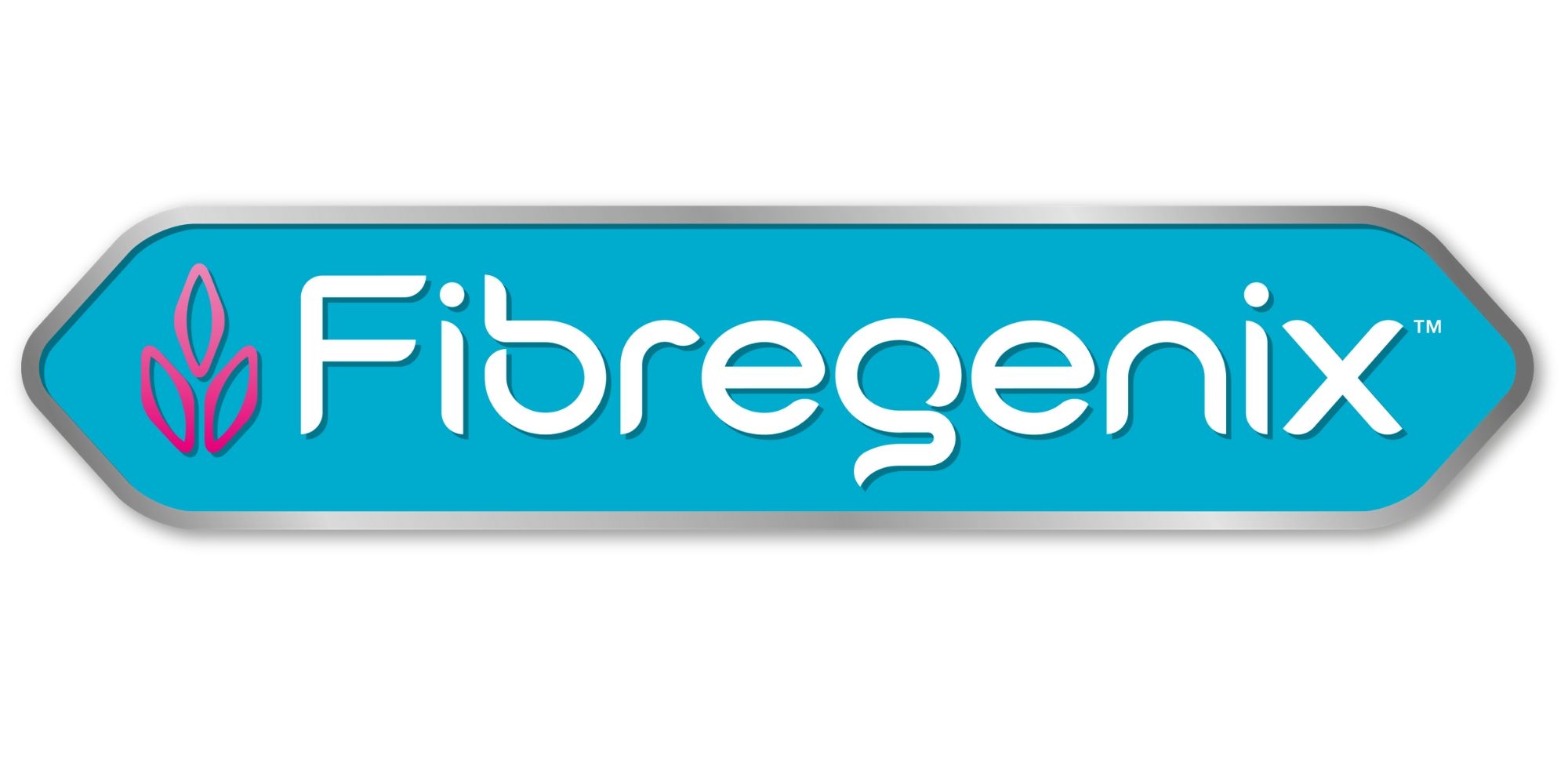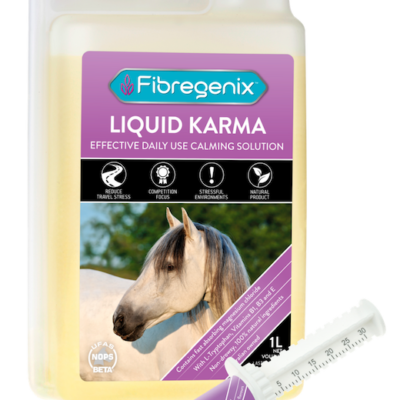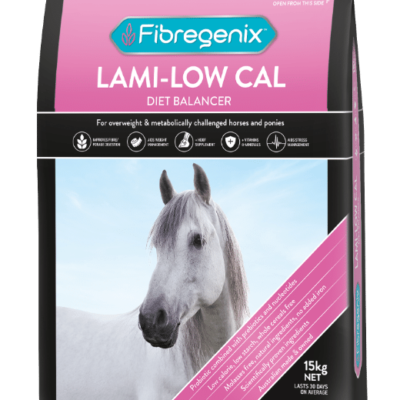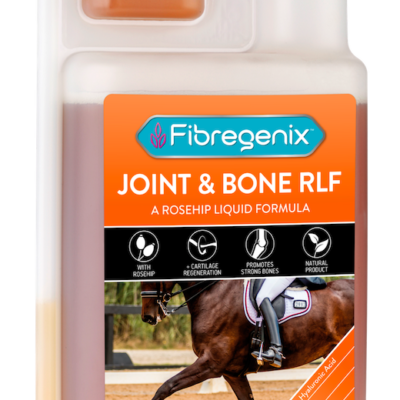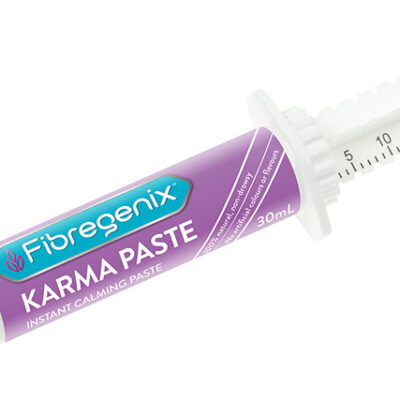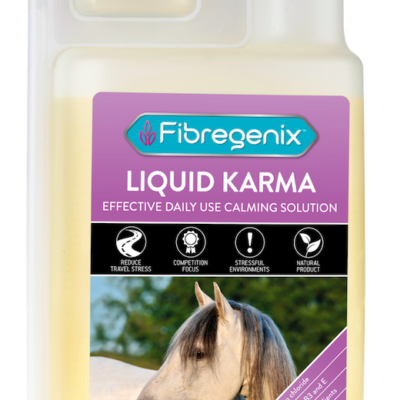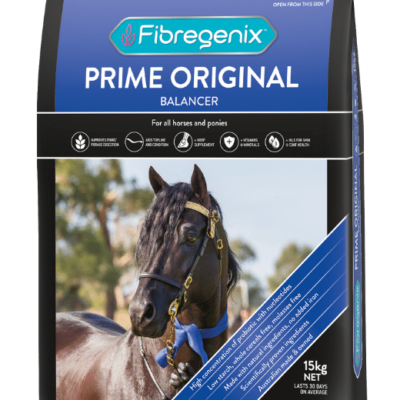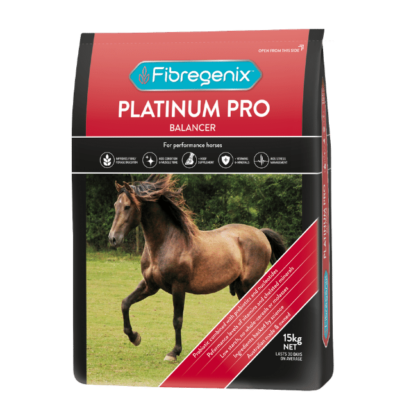Feeding Oils and Fats to Horses – The Natural Suppliers of Omega 3 and 6
Feeding oils and fats to horses is commonplace in today’s modern nutritional practices. As a herbivore, horses are adapted to a diet naturally higher proportionally in Omega 3 fatty acids (ALA) compared to Omega 6 (LA). Omega 3 and 6 are known as the Essential Fatty Acids, meaning the horse cannot manufacture them for itself.
The horse’s natural supply of essential fatty acids usually comes from fresh grass. Although low in total fat (2-4%) a significant proportion of that fat (39-56%) is alpha-linoleic acid (ALA) compared to Linoleic Acid (LA.) The ratio is approx 4:1 ratio of ALA to LA. Once grass is cut and dried to produce hay however, the naturally occurring unsaturated fatty acids are destroyed by oxygen. So, if hay is the main forage source for your horse, you need to add those EFA’s to the diet.
Supplementing with oils or fats that contain higher levels of Omega 3 than Omega 6 has proven to be beneficial to all horses. Especially those that aren’t eating fresh grass pasture for at least 18 hours per day.
Feeding Oils and Fats to horses – What’s the difference?
Oils and fats are essentially the same. It’s just that oils describe fats that are liquid at room temperature, whilst fats are solid at room temperature. There’s plenty of choice when it comes to feeding oils and fats to horses. And they can come in a number of different forms such as oils, seeds, pellets or ground ‘meals’. They’re considered slow release energy sources, which means they gradually release energy into the horse’s blood stream. This helps to reduce the risk of hyperactive behaviour. Feeding oils or fats alongside a good quality fibre can also be of considerable benefit for improving condition. This is because they have twice as many calories as carbohydrates making them very calorie dense. For example, did you know that one cup of oil provides the same amount of digestible energy as approx 0.55kg of oats?
Depending on the source, oil has Digestible Energy levels of 20-38 MJ/kg. This compares to a typical value of 8MJ/kg for hay, 12-14MJkg for super fibres and 9-11MJ/kg for cereals.
Triglycerides and omega 3, 6, and 9
Oils such as linseed, sunflower, corn and soya contain a lot of different fatty, acid-rich substances called triglycerides. Triglycerides themselves are made up of different types of fatty acids, including the omega-6 or omega-3s. They’re often referred to as poly-unsaturated fatty acids (PUFAs).
When it comes to deciding which oil you should be feeding your horse, it’s important to remember that all oils have the same amount of energy and it’s their ratio of Omega 3 and 6 which separates them.
Omega 3 and 6 EFAs play a very important role within the equine diet. They work synergistically within the horse’s body and balancing these essential fatty acids is paramount to optimal digestive health. Research has shown that the appropriate ratio would be in the region of 2-5:1 Om 3:6.
Two very important omega-3 fatty acids
These are eicosapentaenoic acid, (EPA) and docosahexaenoic (DHA). They’re the building blocks for hormones and also have an important role in the following:
- The structure and formation of the wall of red blood cells. This is essential for competition and performance horses where oxygen transportation can be improved by the structure of the red blood cells
- Essential component of soft tissue structure
- Hormone activity
- Central biochemical role
- Energy storage system
- Providing energy that by passes the anaerobic stages that are associated with muscle fatigue and “fast release” energy
- Being an excellent source of concentrated energy
- Physical insulation and protection of body organs
- Maintaining conformity and combatting excessive heat loss
- immune function and tissue repair within the horse’s body
Most oils contain Omega 9. This is a non-essential fatty acid and very little is known about the horse’s requirements. It can be synthesized by the horse from unsaturated fats. However, if Omega 3 and 6 intake is low then of course Omega 9 must also come from the diet.
Feeding Oils and Fats to Horses – The best sources of Omega 3 and 6 and Their Benefits
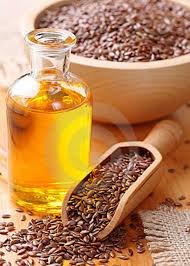
Linseed oil is almost 60% pure Omega-3 fatty acids and is one of the richest plant based sources of Omega-3. Hemp oil contains an Omega 3 fatty acid, stearidonic acid, in addition to an unusual omega-6 fatty acid, gamma-linolenic acid, which behaves like an omega-3. Chia seeds are another high Omega 3 ingredient.
BENEFITS:
- Omega-3 is a natural anti-inflammatory helping to reduce prostaglandins responsible for pain and inflammation in the horse’s body.
- Omega 3 oils have been shown to have an important role in the structure and formation of the wall of red blood cells. Essential for competition and performance horses where oxygen transportation can be improved by the structure of the red blood cells.
DEFICIENCIES:
Deficiencies in Omega 3 can lead to
- hoof problems
- allergic skin conditions.
- temperament issues
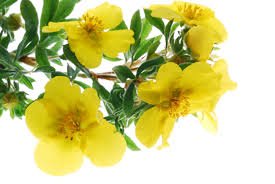
 Conversely, Omega 6 is equally important to the equine diet and is most commonly found in corn, canola, rice bran, primrose, and sunflower oils. Soya oil is also a rich source of Omega-6 at almost 50% Omega-6.
Conversely, Omega 6 is equally important to the equine diet and is most commonly found in corn, canola, rice bran, primrose, and sunflower oils. Soya oil is also a rich source of Omega-6 at almost 50% Omega-6.
BENEFITS:
Omega 6 is a natural pro-inflammatory and is essential for immune function and tissue repair within the horse’s body.
EXCESS:
Too much Omega 6 can have adverse implications on your horse’s health for example:
- inflammation in joints and muscles. The ageing joints of older horses are more painful when omega 6 is fed in large amounts.
- tissue damage from oxidative stress caused by inflammation.
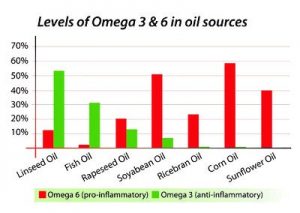
The table left, shows some of the commonly fed oils and their proportion of Omega 3 and 6.
How much should I Feed?
This will depend on your feeding goals. It may take only half a cup of oil a day to add shine to a horse’s coat. However, if you’re adding oil for performance benefits then 1-2 cups of oils for a 500kg horse may be needed. Any supplemental oil should always be added gradually to the horse’s feed to avoid digestive problems. Remember also that when feeding oil, additional vitamin E at a rate of 1IU of vitamin E per 1ml of oil may be required to help prevent peroxidative damage. Some oils may already include this, likewise fat pellets may already have vitamin E included for this purpose.
As with any other nutritional rule, moderation is the key. A daily intake of 2-5% of feed as oil is sufficient for most situations. It can be increased slightly for the onset of winter, or where a moderate to heavy level of activity is anticipated.
Supplementing your Horse with Oils and Fats – Can I feed too much?
Yes. As with any nutrient it’s possible to feed too much. When feeding fats and oils to horses, there are some important considerations to make:
- Be attentive to nutrient imbalances when top-dressing oil onto an existing ration. Eg high levels of fat in the diet may mean a higher need for antioxidants such as vitamin E
- Remember that higher rates of fat inclusion may increase the risk of digestive disturbances.
- Higher rates of fates may reduce calcium absorption via formation of mineral-fat soaps.
- Palatability may also be another factor to consider with some horses disliking oils but accepting it in a ‘meal’ form.
- Be mindful that ponies, donkeys, mules and minis are unable to tolerate high levels of fats.
- Fats shouldn’t be fed to horses that are already overweight/obese, or those prone to hyperlipemia.
- Avoid fats as part of an initial re-feeding programme for starved or severely malnourished horses. Many of these horses will have compromised gastrointestinal and organ function and will have a poor tolerance to digest them.
What’s a good alternative to oil?
Cereals and Fibres
You could fulfill the majority of energy requirements using a combination of cereal and fibre, especially super fibres. But not all horses need or can tolerate cereal feeds. Having said that, it’s actually impossible to feed a diet without fat, as it’s found in most feed stuffs albeit often as a seed meal. In this case small supplements of oil are all that are needed.
A High Quality Feed Balancer Supplement
Feeding a Fibregenix balancer with the correct, balanced level of Omega 3 and 6 fatty acids is a great way to ensure a nutritionally balanced diet. It can take approximately 30 – 90 days until the benefits of feeding these essential fatty acids can be seen. But once your horse’s diet has the optimum levels of Omega 3 and 6, you’ll notice improved overall health and well-being.
Copra – A viable Alternative?
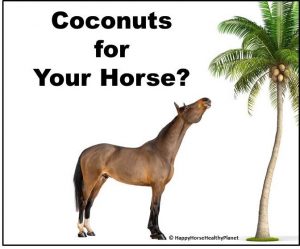 Coconut oil, or more often coconut meal (copra), is commonly added to horses’ diets to promote condition. It’s a saturated fat with virtually no Omega 6 and crucially contains zero omega 3s. Therefore, if you feed this as your only source of fat and your horse has no access to grazing, your horse will become Omega 3 deficient. Coconut oil and copra are more than 90% saturated fatty acids consisting of over 60% medium chain triglycerides which don’t exist in grasses. One therefore has to query the value of feeding a saturated fat which a horse doesn’t usually get in his diet…
Coconut oil, or more often coconut meal (copra), is commonly added to horses’ diets to promote condition. It’s a saturated fat with virtually no Omega 6 and crucially contains zero omega 3s. Therefore, if you feed this as your only source of fat and your horse has no access to grazing, your horse will become Omega 3 deficient. Coconut oil and copra are more than 90% saturated fatty acids consisting of over 60% medium chain triglycerides which don’t exist in grasses. One therefore has to query the value of feeding a saturated fat which a horse doesn’t usually get in his diet…
Fish Oils
Whilst rich in the long chain Omega 3 fatty acids, EPA and DHA, fish oils are higher in LA than ALA and can be contaminated with heavy metals such as copper or mercury and organic pollutants such as PCBs or dioxins. This poses the question as to whether it’s worth the potential risk. Palatability can also be an issue for some horses. After all, a horse doesn’t normally eat fish!
Summary
Horses are very well adapted to utilising oils and fats in their diet, particularly as a source of energy. Always try and follow a horse’s natural herbivorous diet and choose your oil/fat accordingly.
Reviewed and amended Feb 2022
